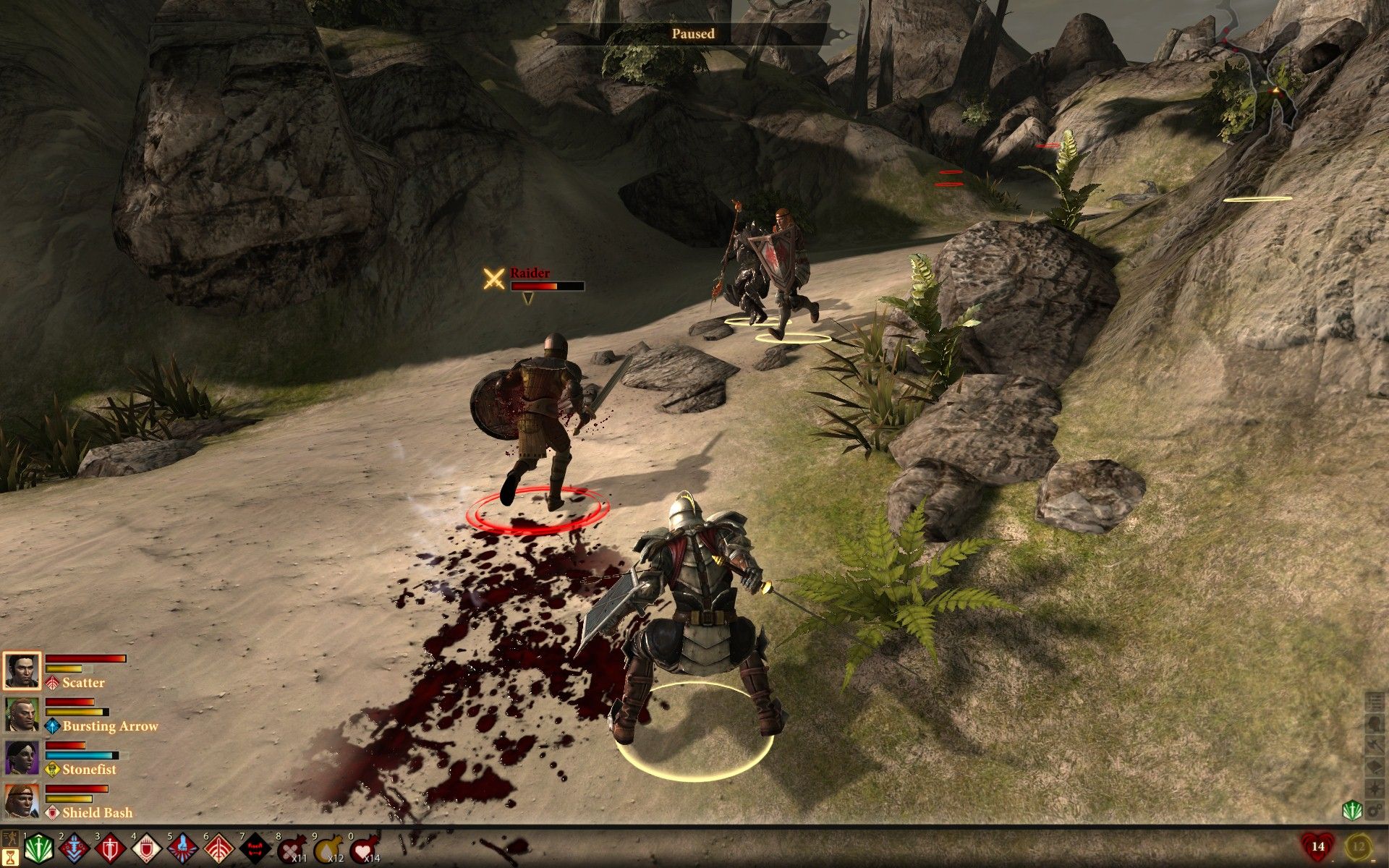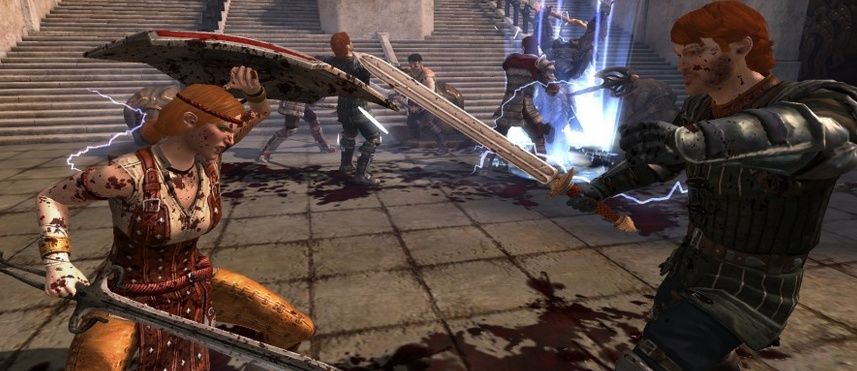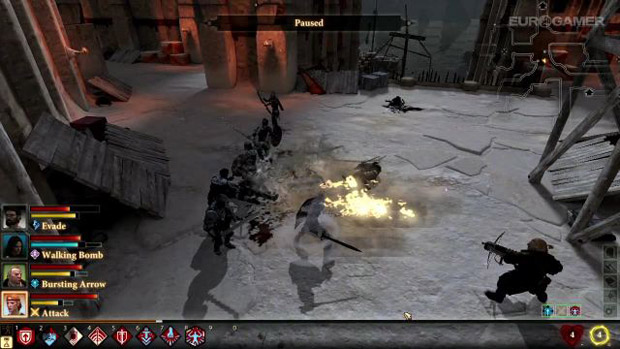


After it was approved, the team rushed to write the story, which he knew would have no oversight. Creative director Mike Laidlaw had pitched the idea of three acts, which Gaider went along with for the one presentation he did on the story. Gaider says the writing team had no time to review the main plot. The team crunched all throughout the holidays to finish development for the 40-hour game in January. Production officially lasted nine months, while also requiring the team to support live content for Origins at the same time. “So suddenly it became Dragon Age 2, and we had to make it even bigger, although we still had only a year and a half,” says David Gaider, who was the lead writer on the project. A few months into its production, EA told BioWare that, because expansions like that don’t sell well, it’ll instead be a sequel.

Then, it became a stand-alone expansion, which wouldn’t have required players to have Origins to play. Total development on the sequel lasted roughly a year and a half.Īt first, Dragon Age 2 was going to be an expansion for Dragon Age: Origins. Dragon Age: Origins had the longest development period in BioWare’s history, which makes Dragon Age 2 as the shortest all the more unsettling to think about. Ladyinsanity, well-known among the Dragon Age community for her many YouTube videos on the series, tweeted a photo of a page in the book discussing the game’s development cycle. I’ve mentioned this before, but here it is in writing. One of those things isn’t quite new, but it serves as a good reminder of one of the most astonishing facts of the video games industry: Dragon Age 2, a Good Game, was somehow made in a mere nine months. There’s plenty to learn from it, including the existence of some early concept art for the next Mass Effect. This week saw the release of BioWare: Stories and Secrets from 25 Years of Game Development, an extensive book that serves as a retrospective on the famous studio’s development history.


 0 kommentar(er)
0 kommentar(er)
